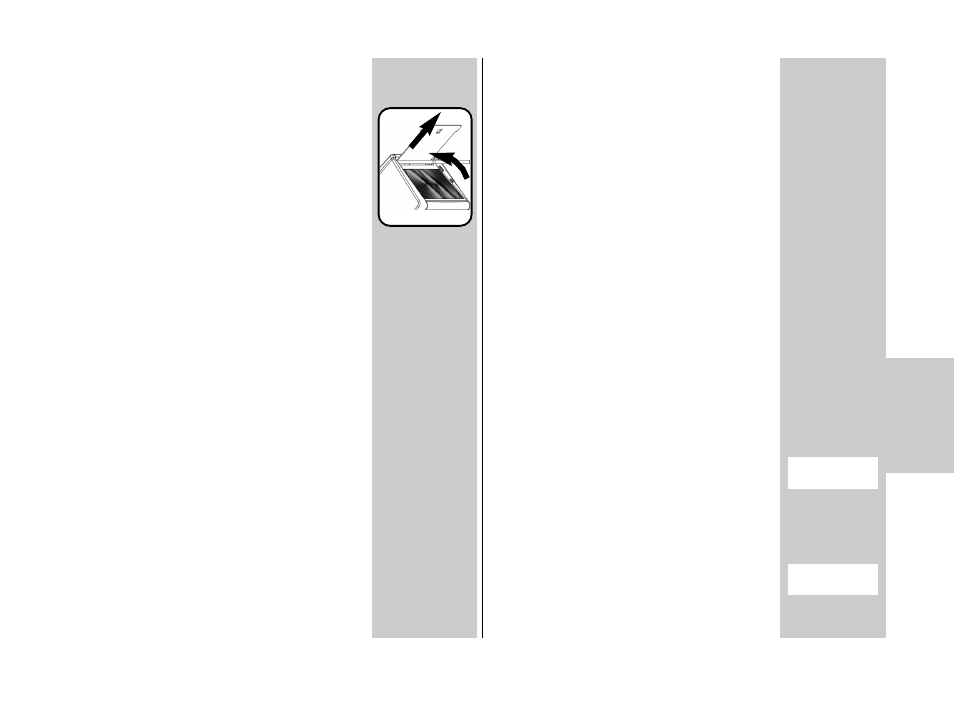Metz MECABLITZ 44 AF-1 digital User Manual
Page 99

99
k
9.2 Bounce flash with a reflector card
The use of bounce flash with the integra-
ted reflector card
ቩ can bring out high-
lights in the eyes of human subjects:
• Tilt the reflector head upwards by 90°.
• Pull the reflector card
ቩ together with
the wide-angle diffuser
ቪ from above
out of the reflector head and forwards.
• Hold the reflector card
ቩ and push the
wide-angle diffuser
ቪ back into the
reflector head.
9.3 Flash exposure memory FE
Several Nikon and Canon cameras have a
flash exposure memory (FV memory).
This is supported by the flash unit in the
Nikon i-TTL and i-TTL-BL or in the Canon
E-TTL flash modes.
It can be used to define and store the
exposure level for the subsequent shot
before the shot is actually taken.
This can be useful when, for example, the
flash exposure has to be adjusted to spe-
cific details that may not be necessarily
be identical with the main subject.
The function is activated on the camera,
in some instances as an individual func-
tion. The subject detail to which the flash
exposure is to be adjusted is sighted and
brought into focus with the AF sensor/
metering window in the camera.
Pressing the camera's AE-L/AF-L button
(Nikon) or FE button (Canon - the descrip-
tion may vary from camera to camera; see
camera operating manual) causes the
flash unit to fire a test flash.
The stored metering value, for example
“EL” or “FEL”, is then displayed in the
camera viewfinder.
The camera uses the reflected light of the
test flash to determine the light output
required for the subsequent exposure.
The actual main subject can then be
brought into focus with the camera’s
AF sensor/metering window. When the
shutter release is pressed, the picture
will be exposed with the previously defi-
ned light output of the flash unit!
In Canon cameras the flash exposure
memory FE is not supported during the
green fully-automatic programme, the
Vari programme and the subject pro-
grammes!
For more detailed information on
adjustments and handling, refer to the
camera’s operating instructions!
+
+